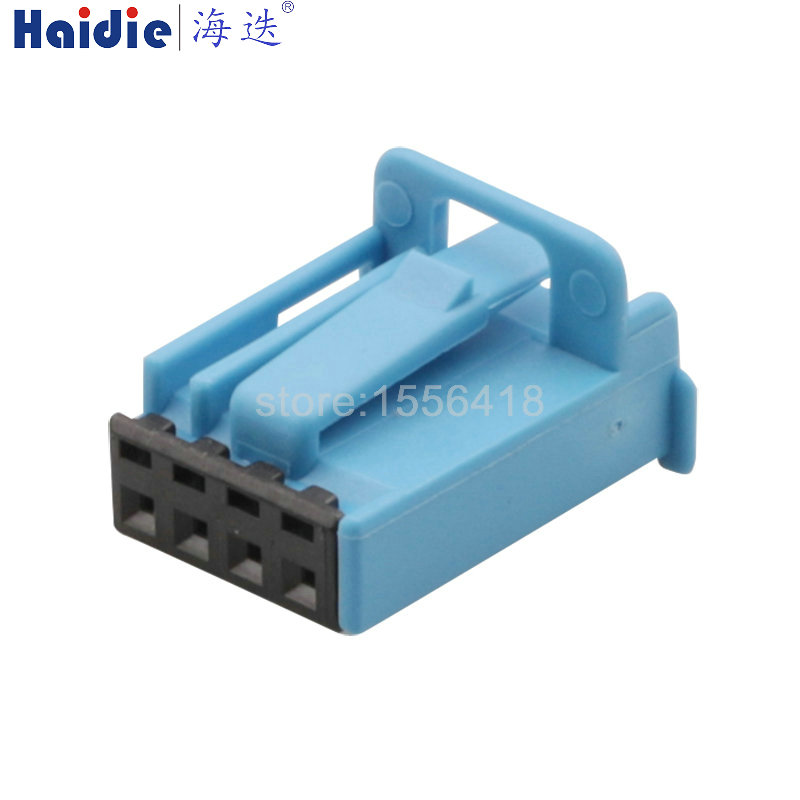Diagnosing and troubleshooting the ECU kit is an important part of ensuring normal operation. The ECU kit is a complex system that requires careful attention to detail in order to ensure that it is functioning properly. In this article, we will discuss the steps necessary to diagnose and troubleshoot the ECU kit.
The first step in diagnosing and troubleshooting the ECU kit is to check the wiring. Make sure that all of the wires are connected properly and that there are no loose connections. If there are any loose connections, they should be tightened or replaced. Additionally, check for any signs of corrosion or damage to the wires.
The next step is to check the ECU itself. Make sure that all of the components are securely connected and that there are no signs of damage. If any of the components appear to be damaged, they should be replaced. Additionally, check the ECU for any signs of corrosion or water damage.
The third step is to check the sensors. Make sure that all of the sensors are securely connected and that they are functioning properly. If any of the sensors appear to be damaged, they should be replaced. Additionally, check the sensors for any signs of corrosion or water damage.
The fourth step is to check the software. Make sure that the software is up to date and that it is functioning properly. If the software appears to be outdated or is not functioning properly, it should be updated or replaced. Additionally, check the software for any signs of corruption or damage.
The fifth step is to check the fuel system. Make sure that the fuel system is functioning properly and that there are no signs of damage or corrosion. If any of the components appear to be damaged, they should be replaced. Additionally, check the fuel system for any signs of contamination or water damage.
The sixth step is to check the ignition system. Make sure that the ignition system is functioning properly and that there are no signs of damage or corrosion. If any of the components appear to be damaged, they should be replaced. Additionally, check the ignition system for any signs of contamination or water damage.
Finally, the seventh step is to check the exhaust system. Make sure that the exhaust system is functioning properly and that there are no signs of damage or corrosion. If any of the components appear to be damaged, they should be replaced. Additionally, check the exhaust system for any signs of contamination or water damage.
By following these steps, you can diagnose and troubleshoot the ECU kit to ensure normal operation. It is important to remember that the ECU kit is a complex system and requires careful attention to detail in order to ensure that it is functioning properly.
If any of the components appear to be damaged or malfunctioning, they should be replaced or repaired as soon as possible. Additionally, it is important to check the ECU kit for any signs of corrosion or water damage. By following these steps, you can ensure that the ECU kit is functioning properly and that it is providing the best performance possible.
Post time: Dec-25-2023


